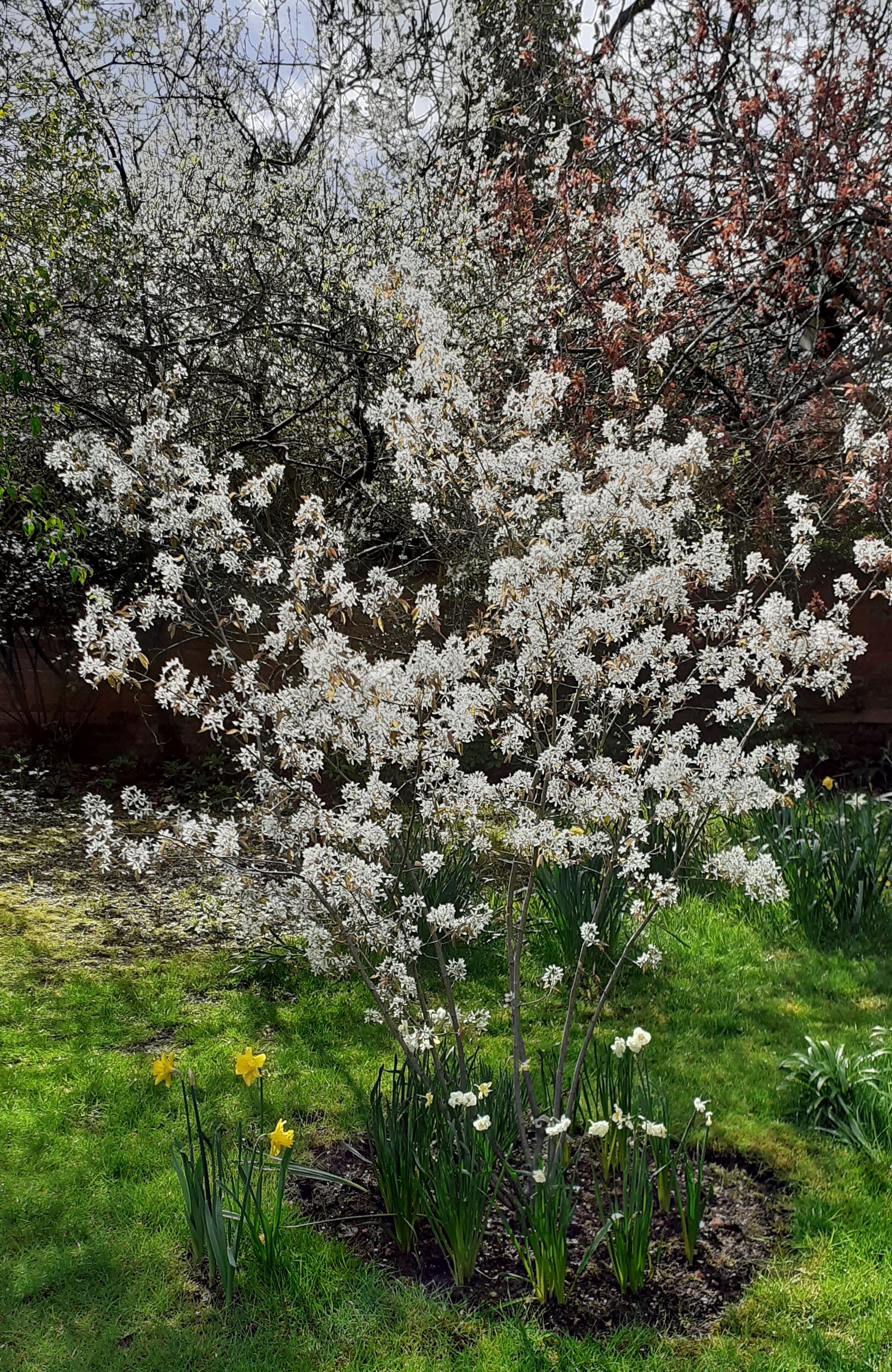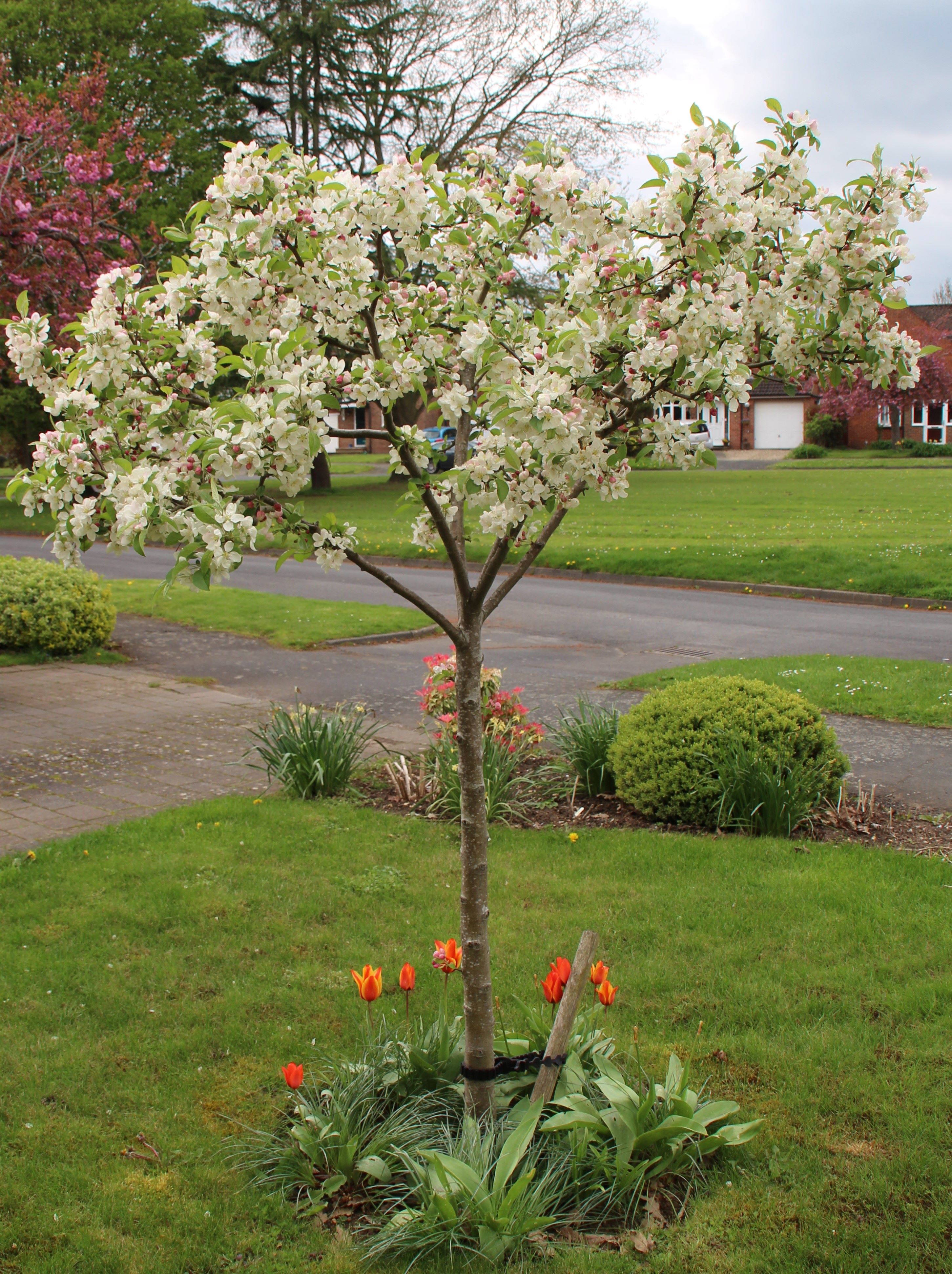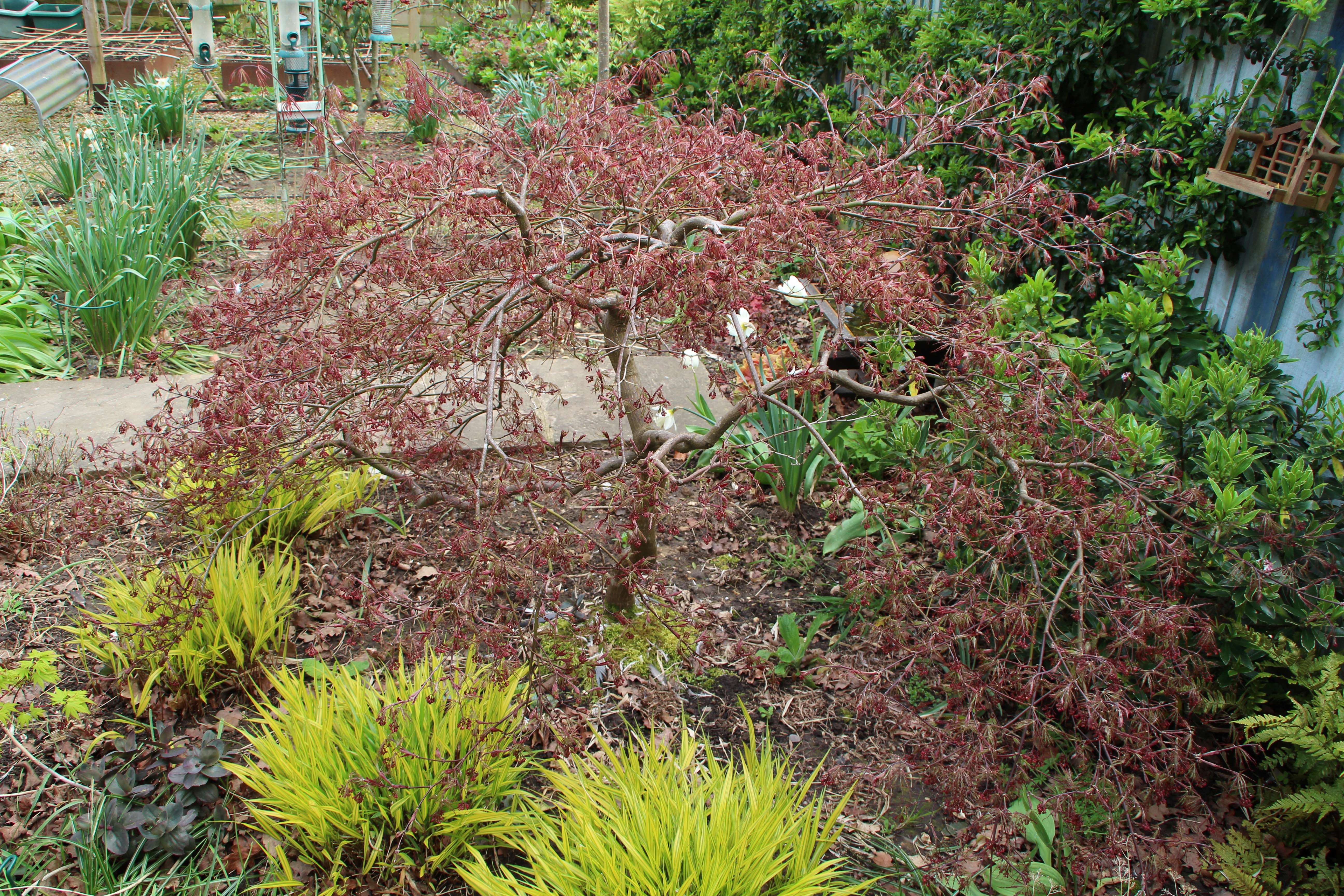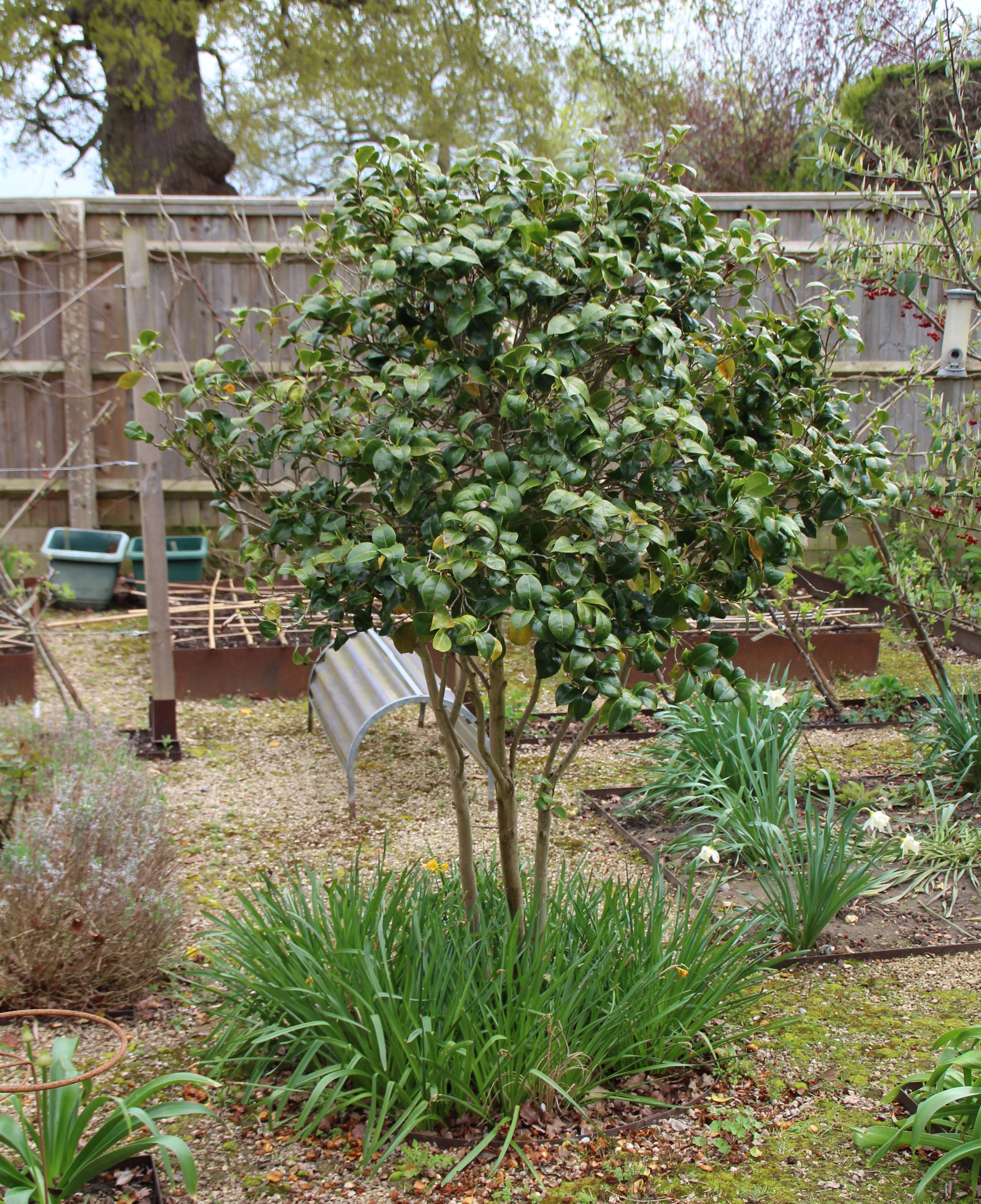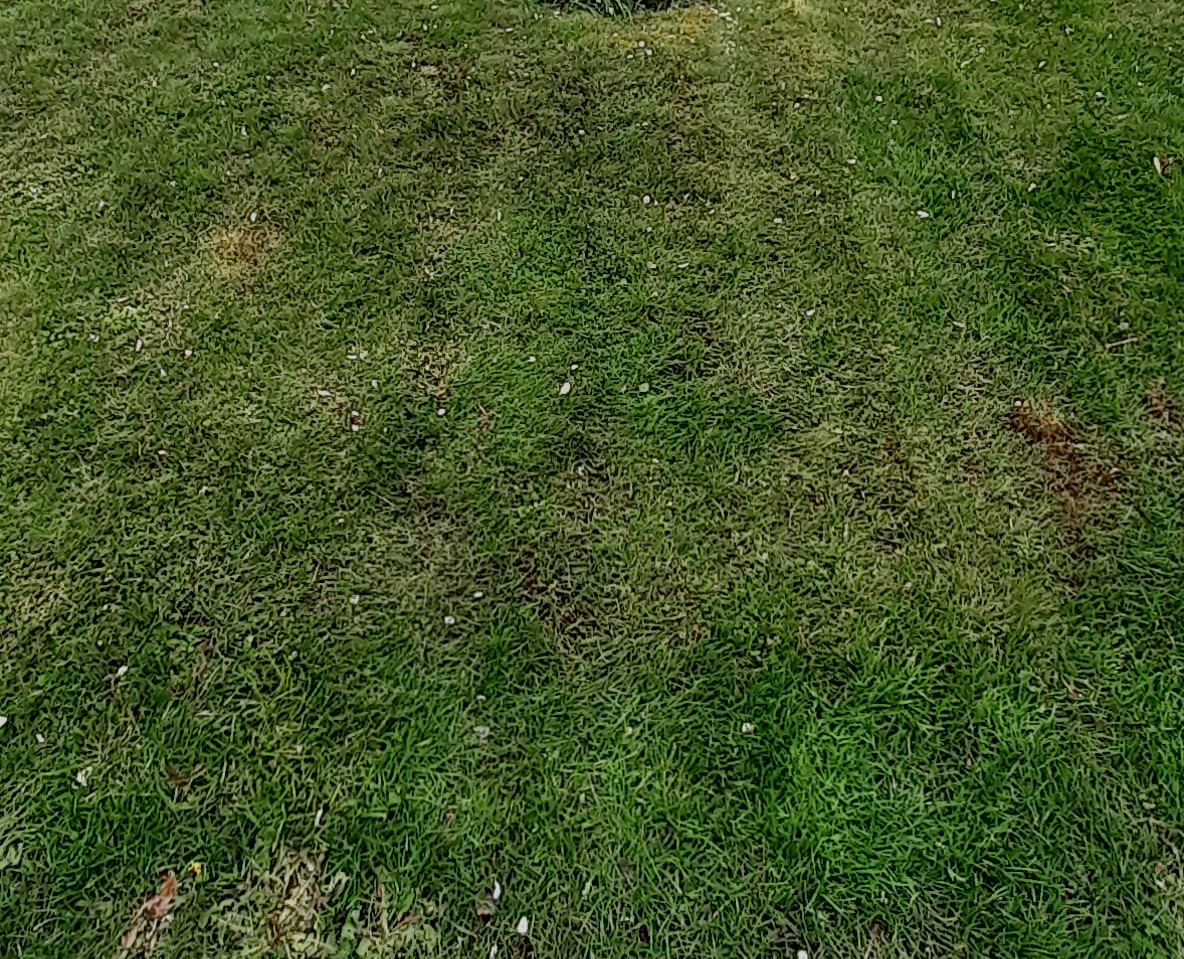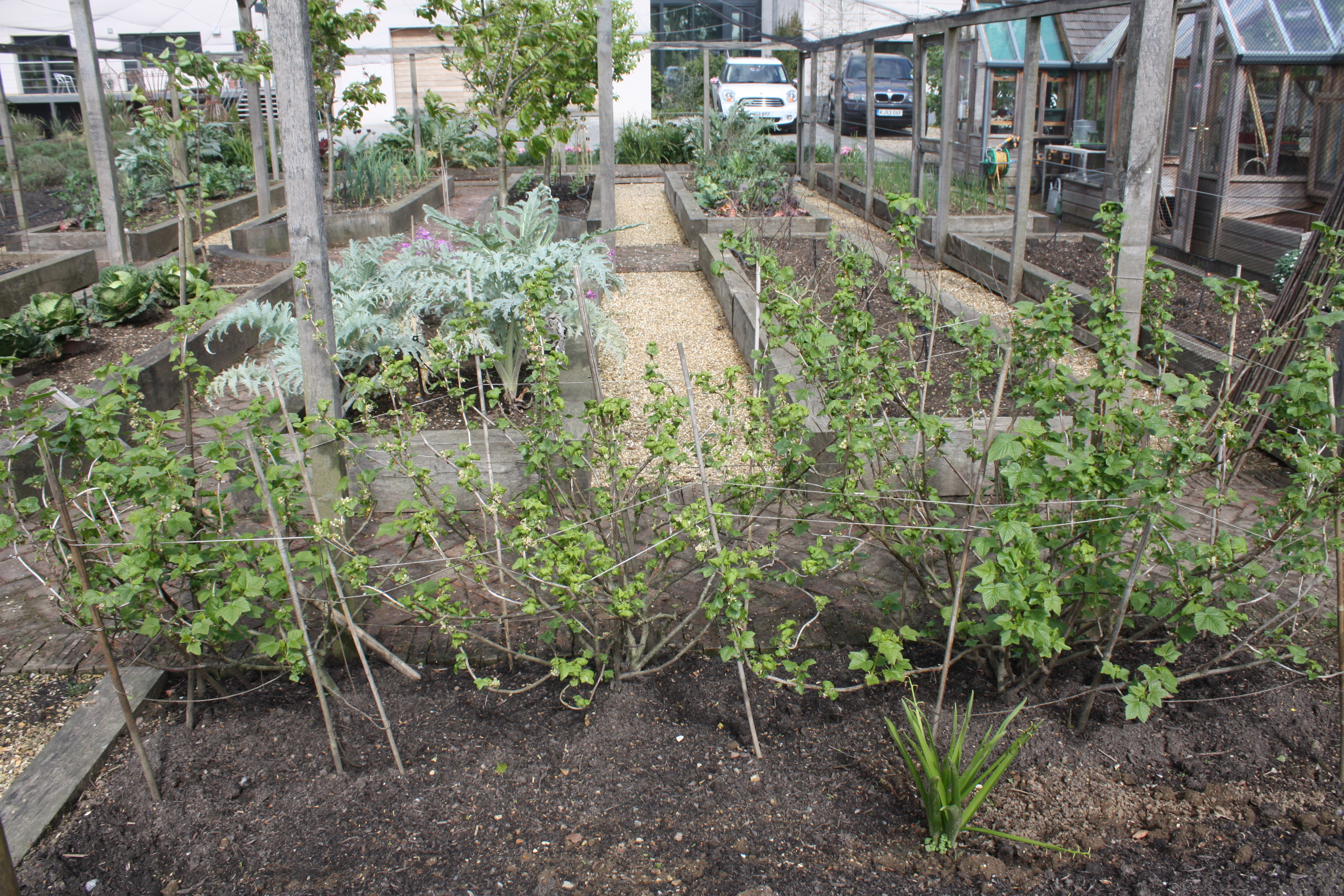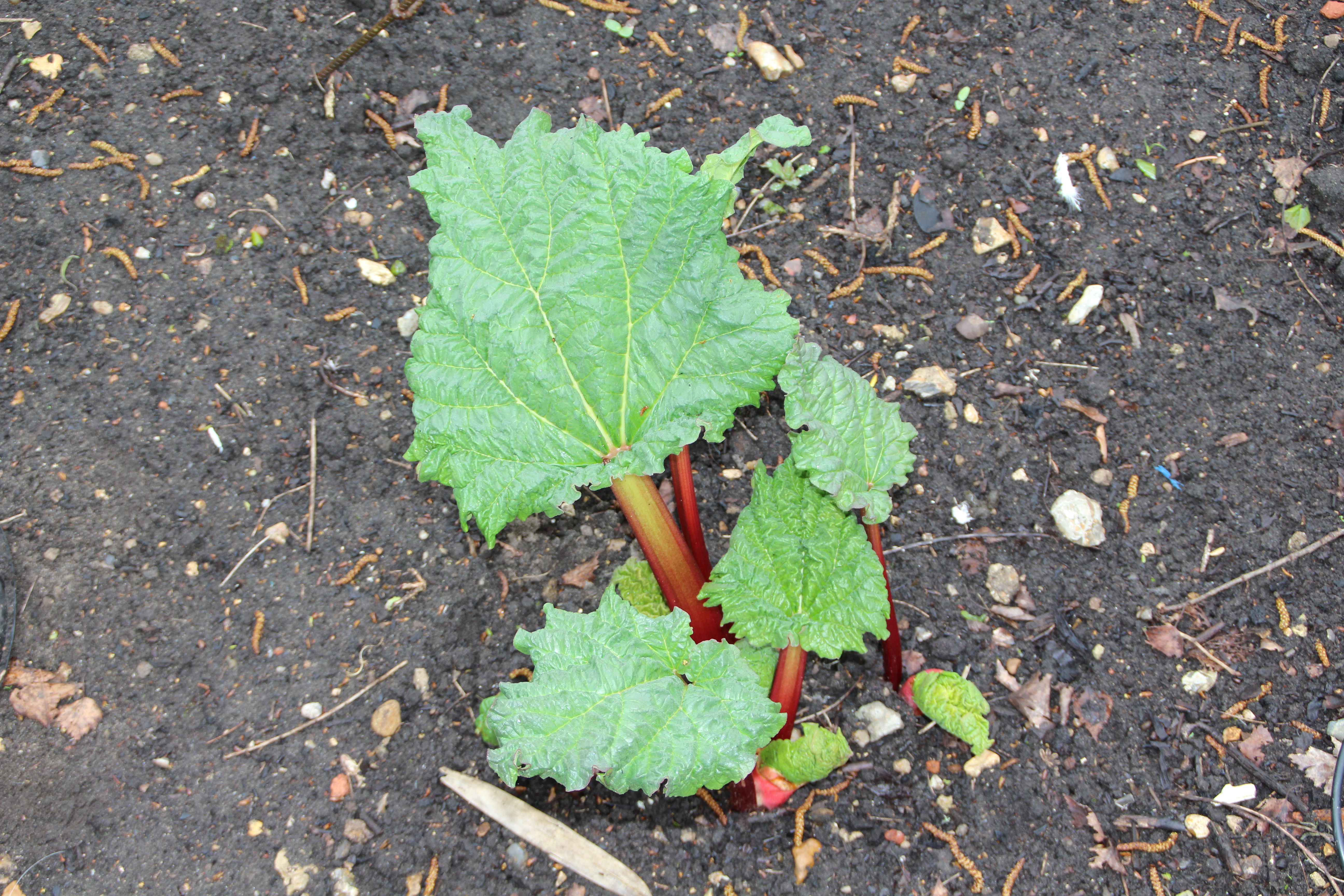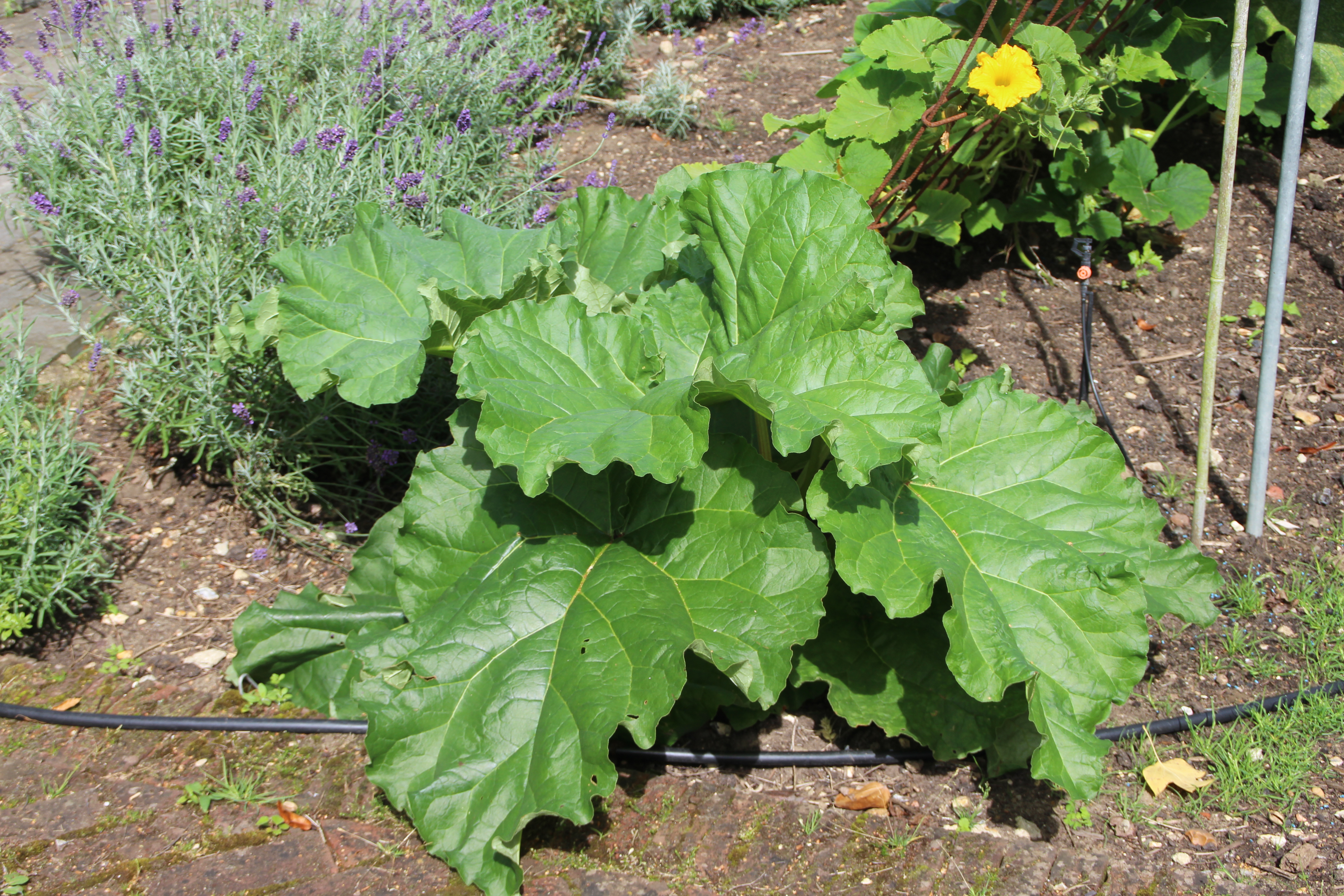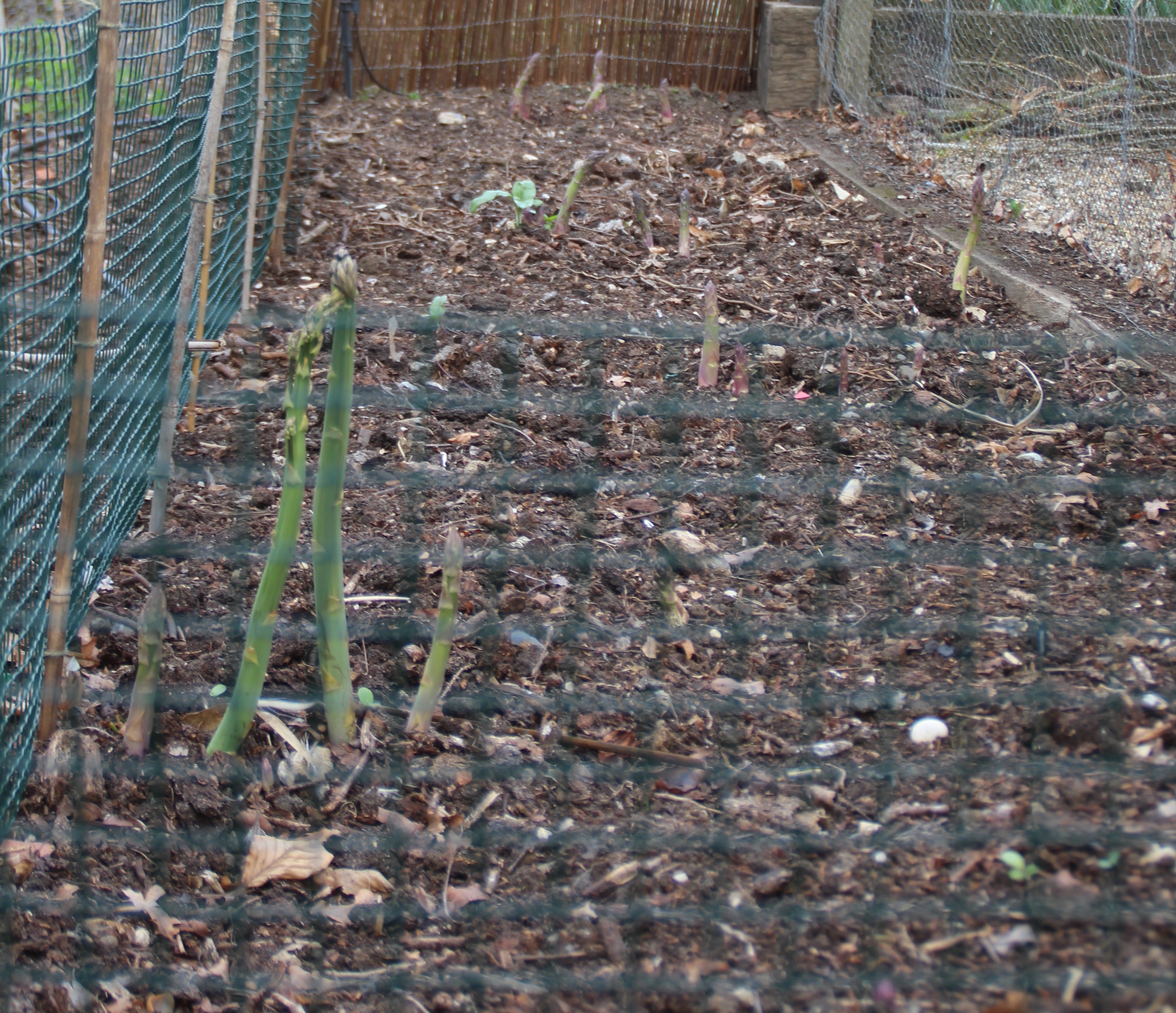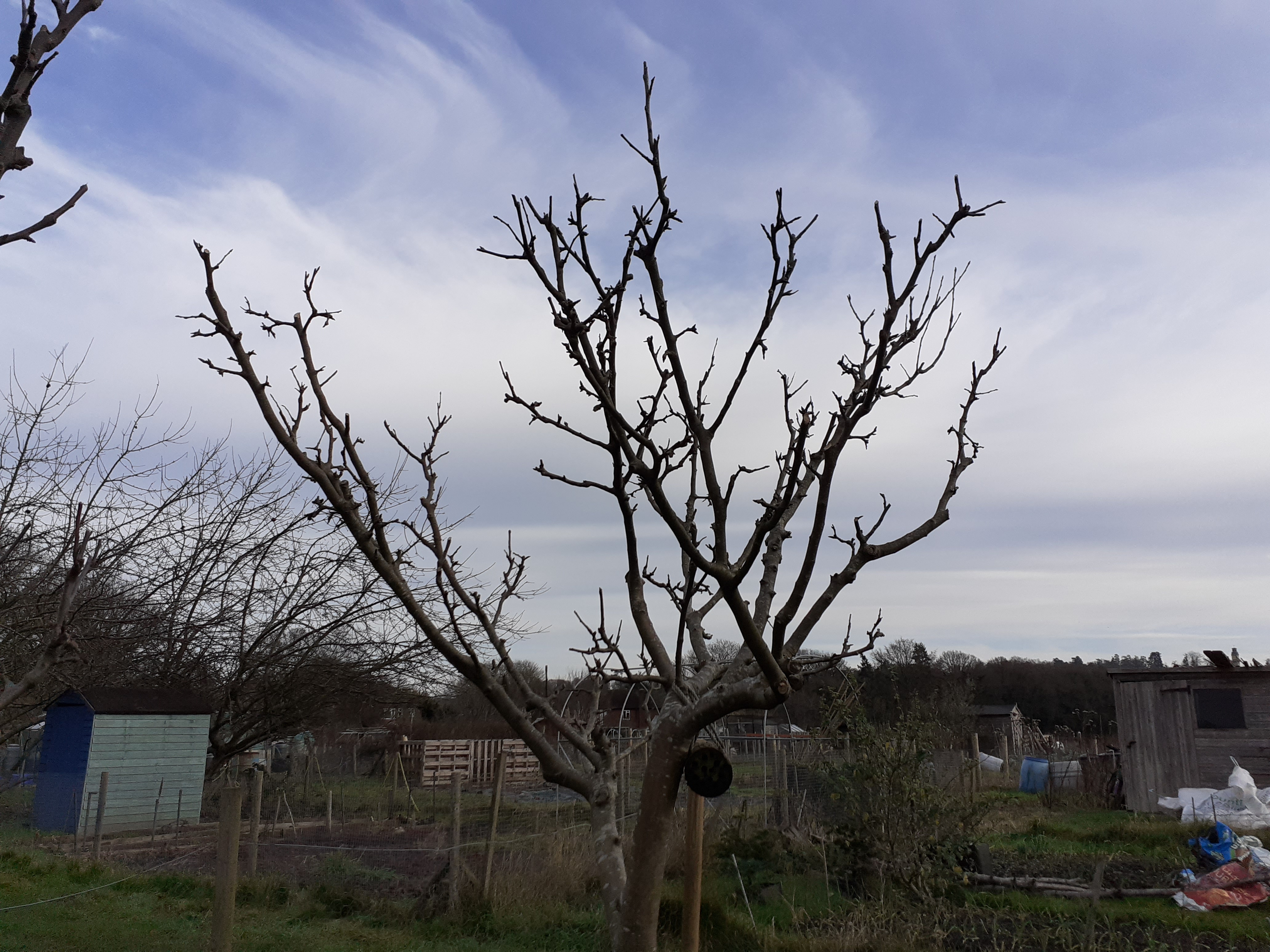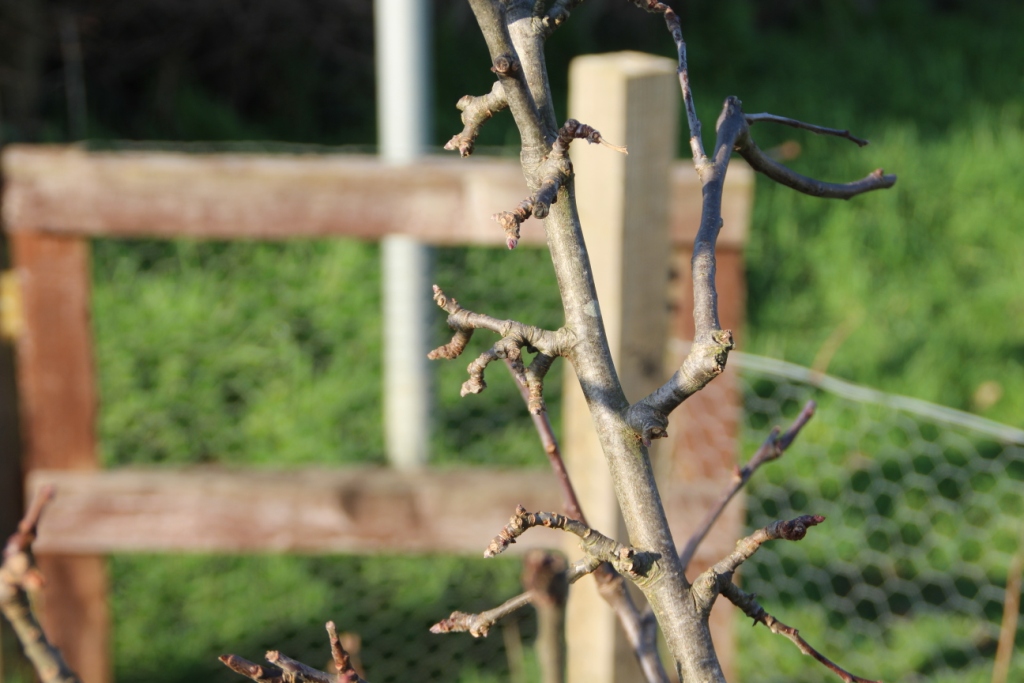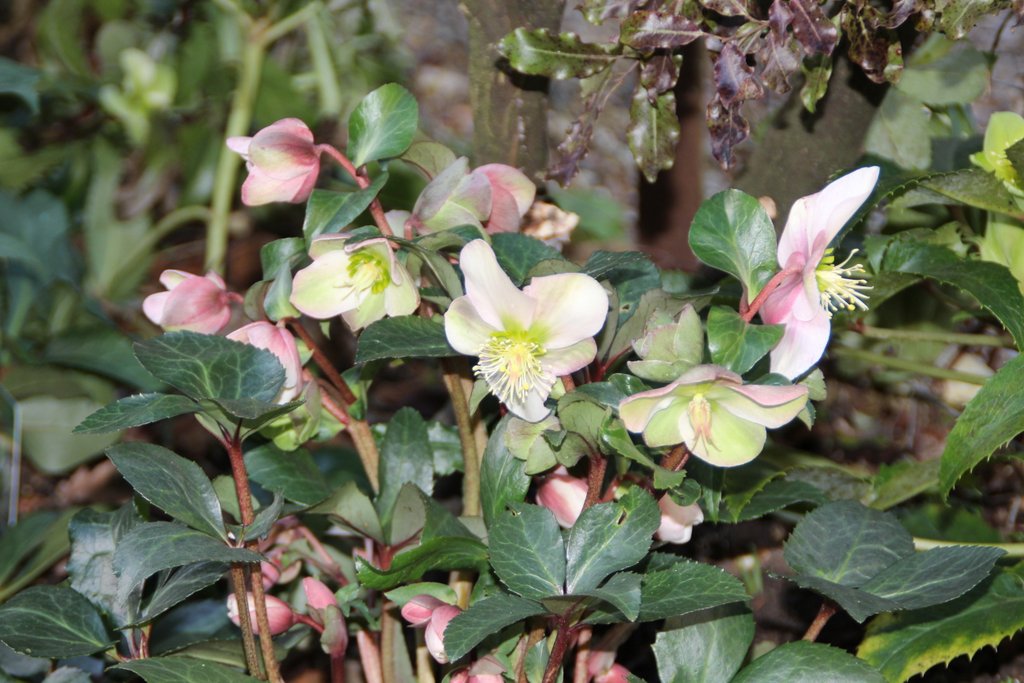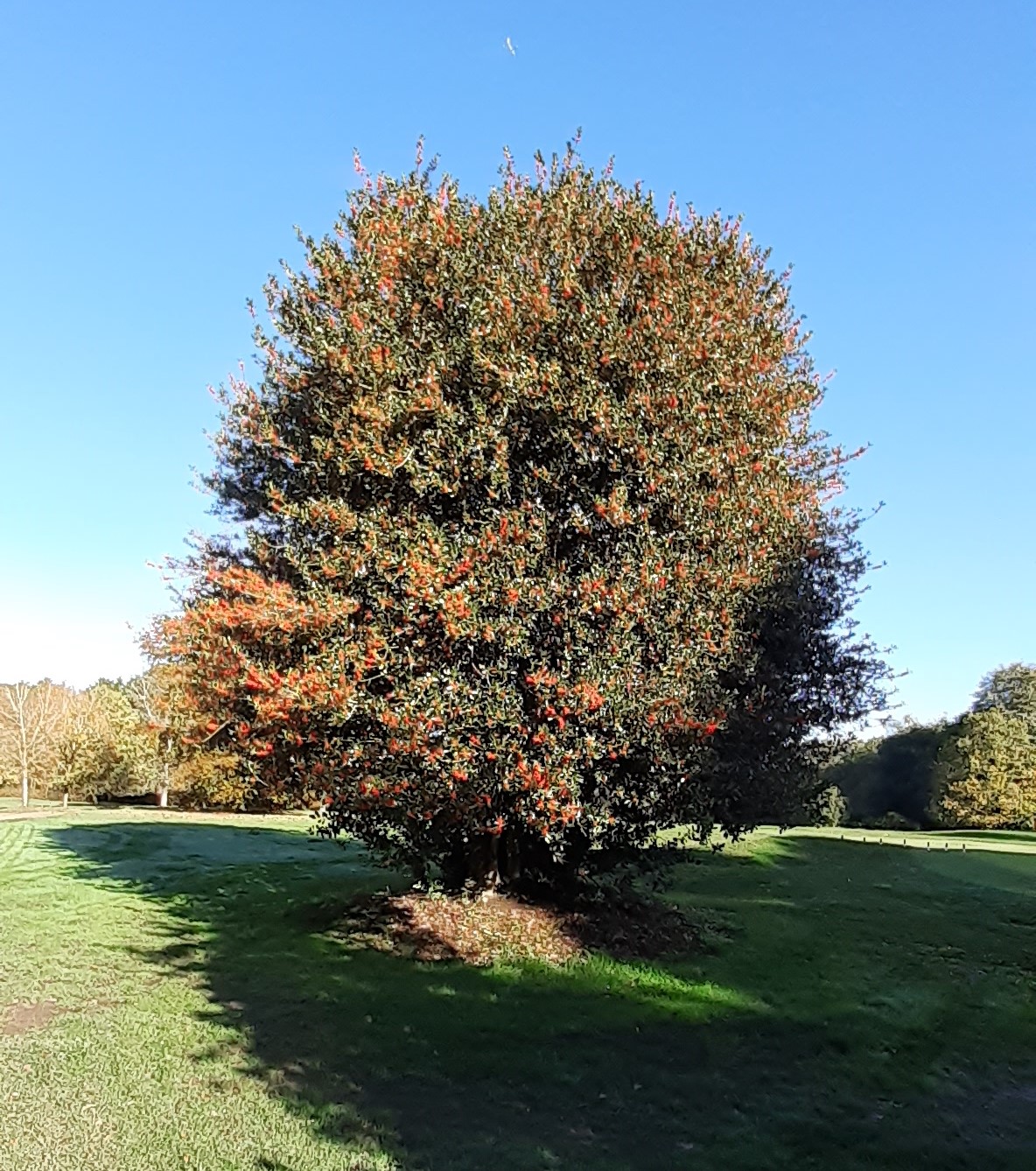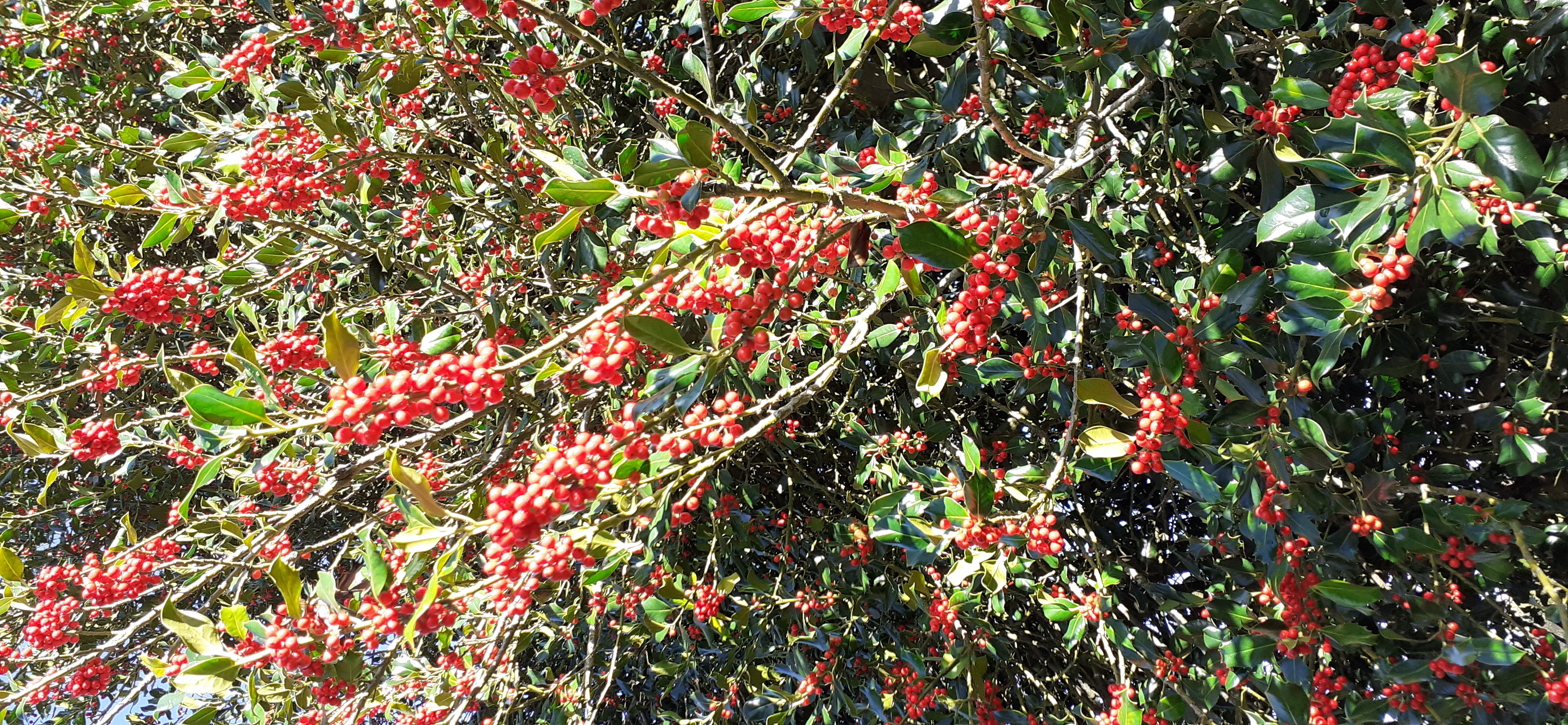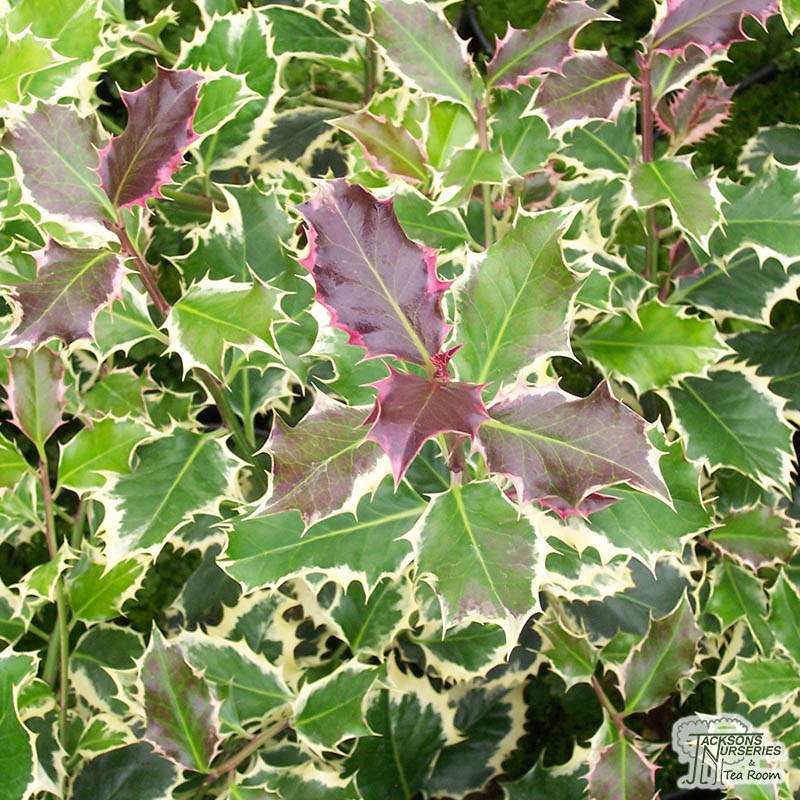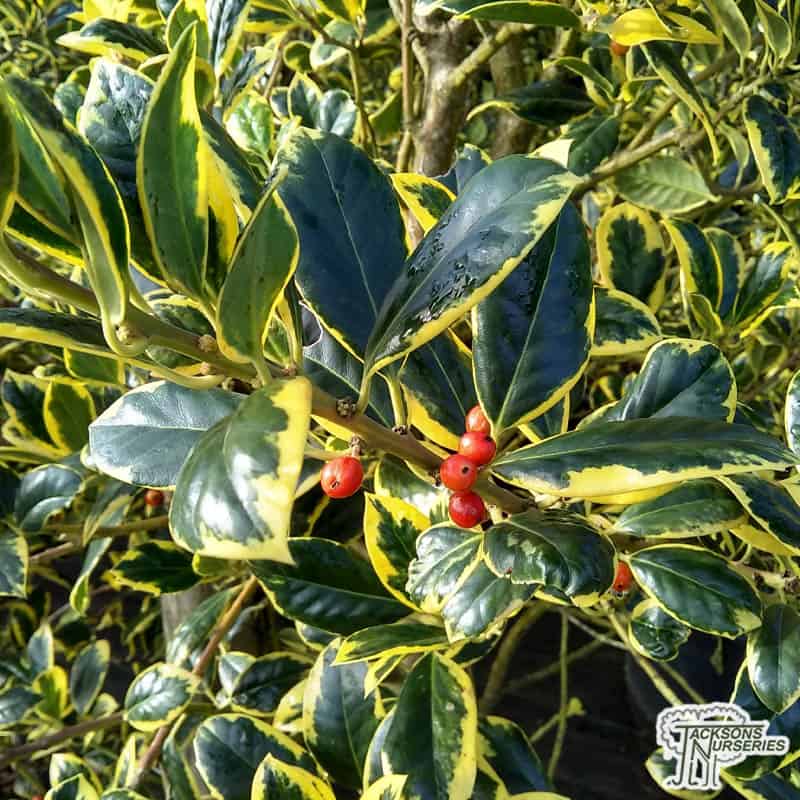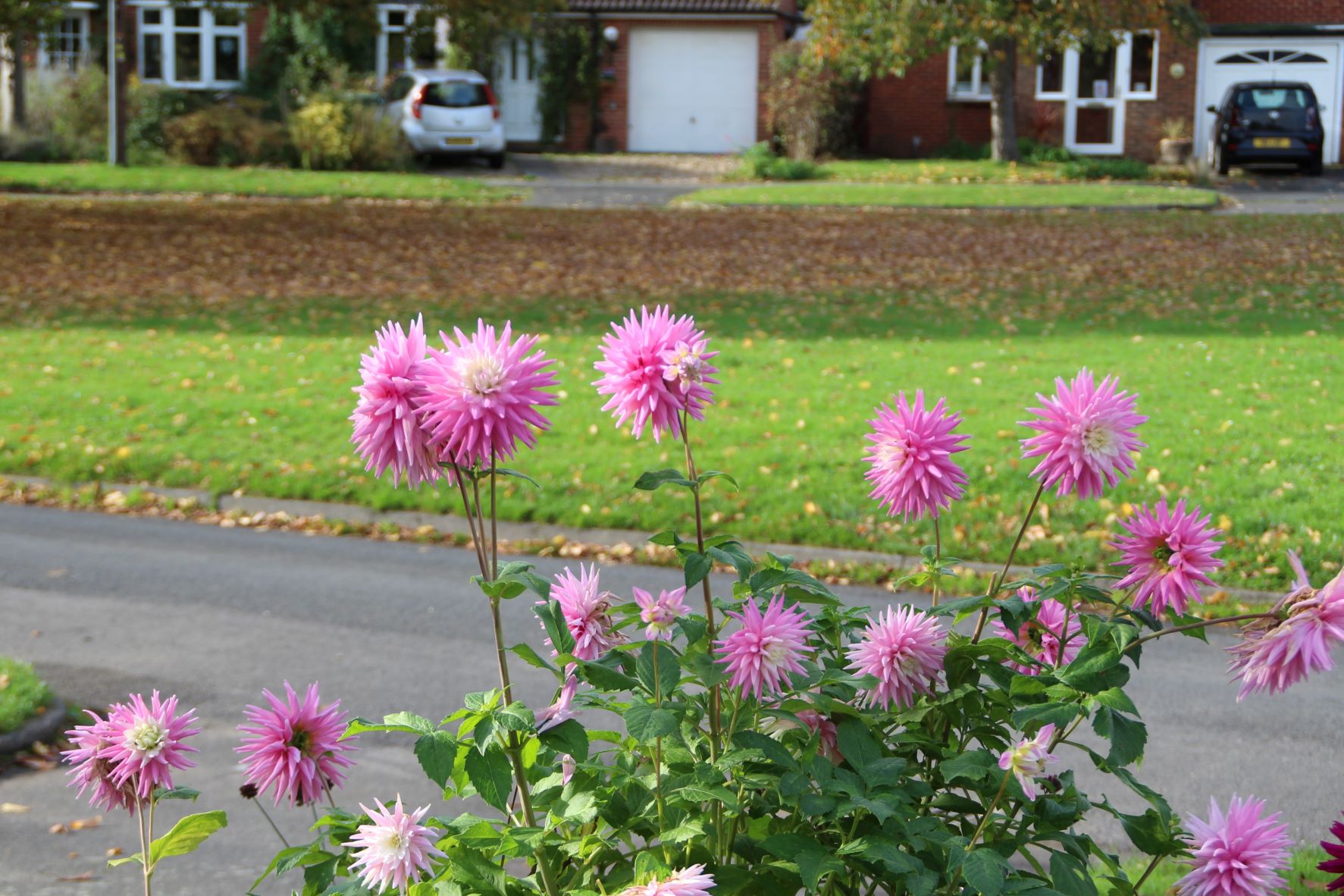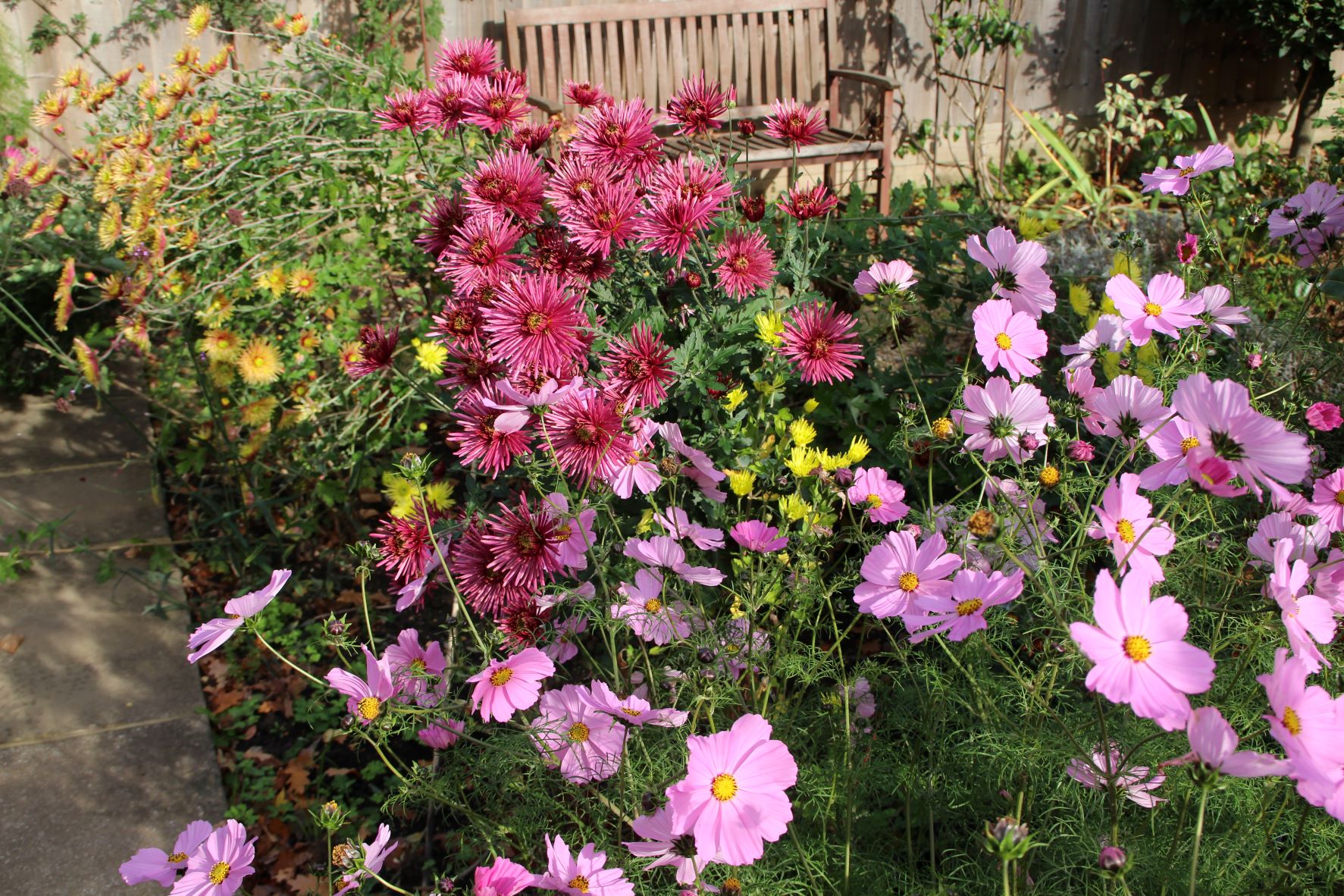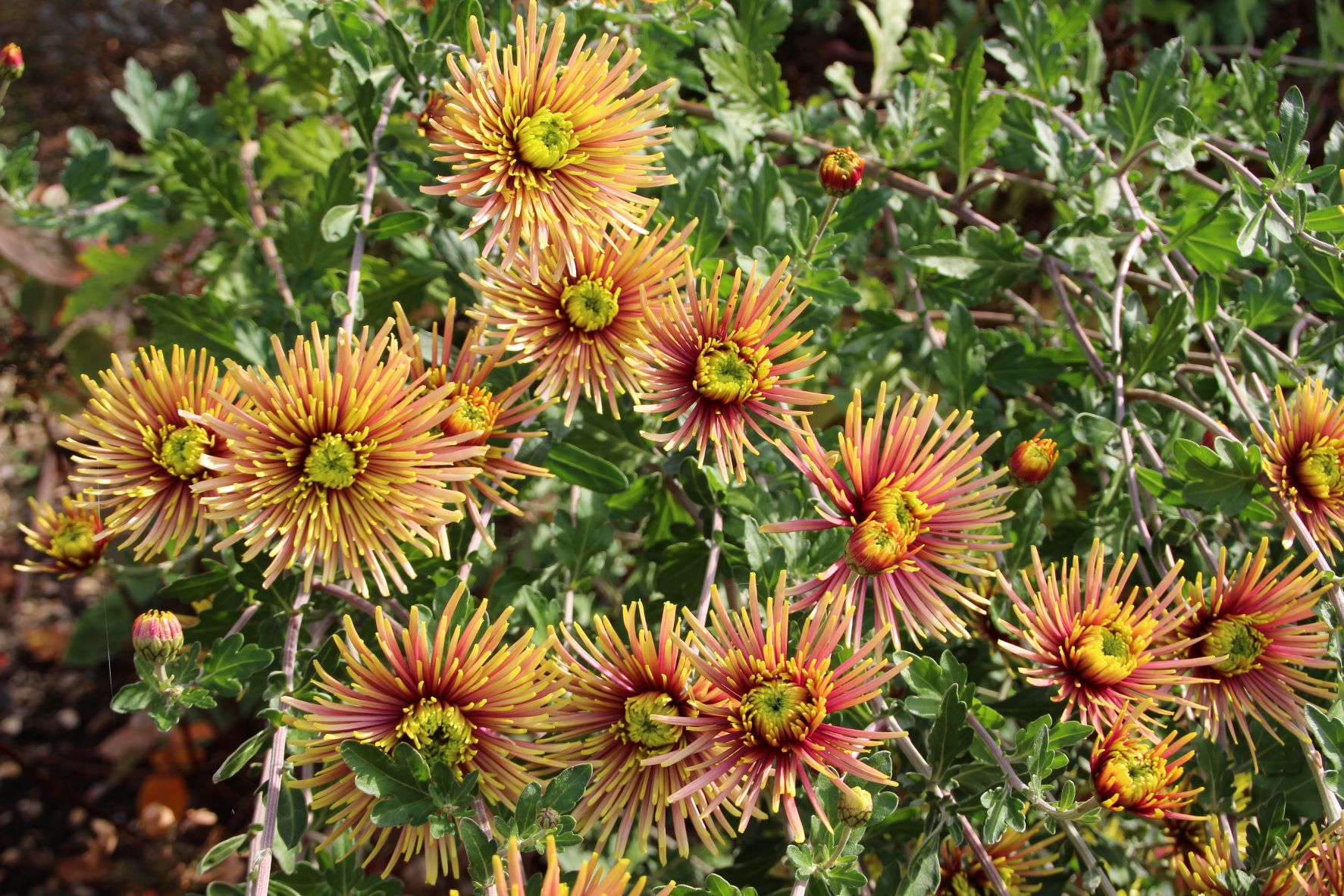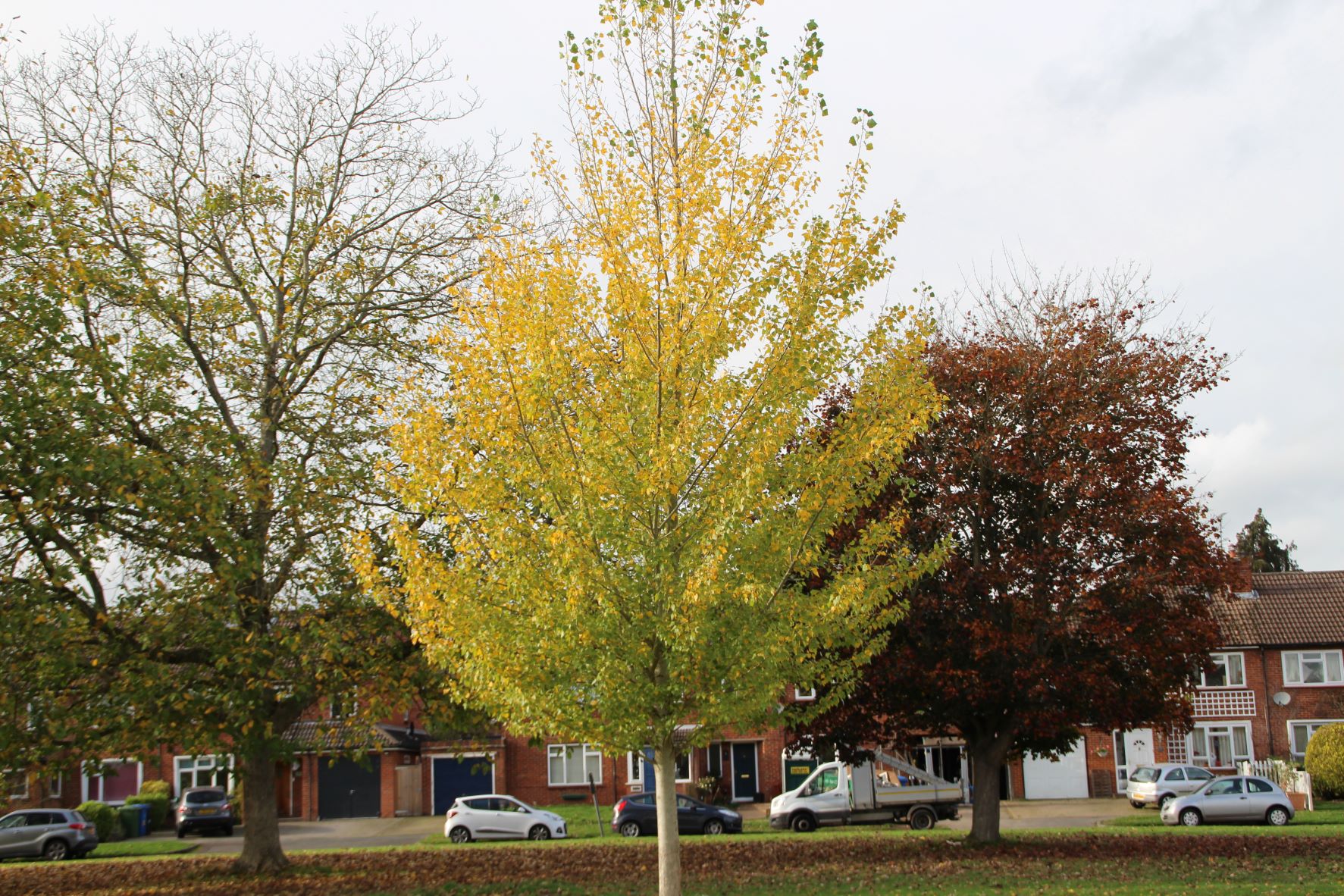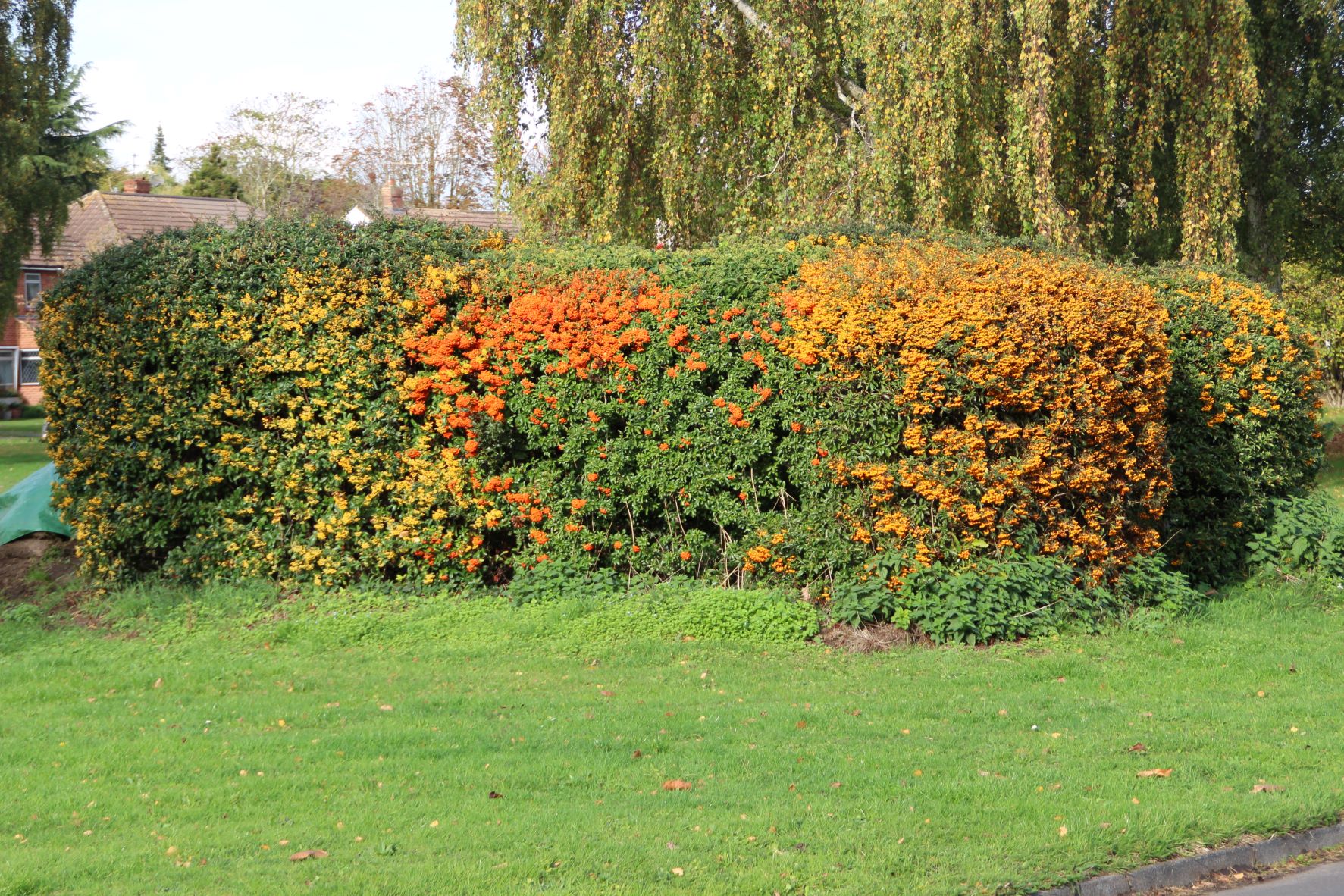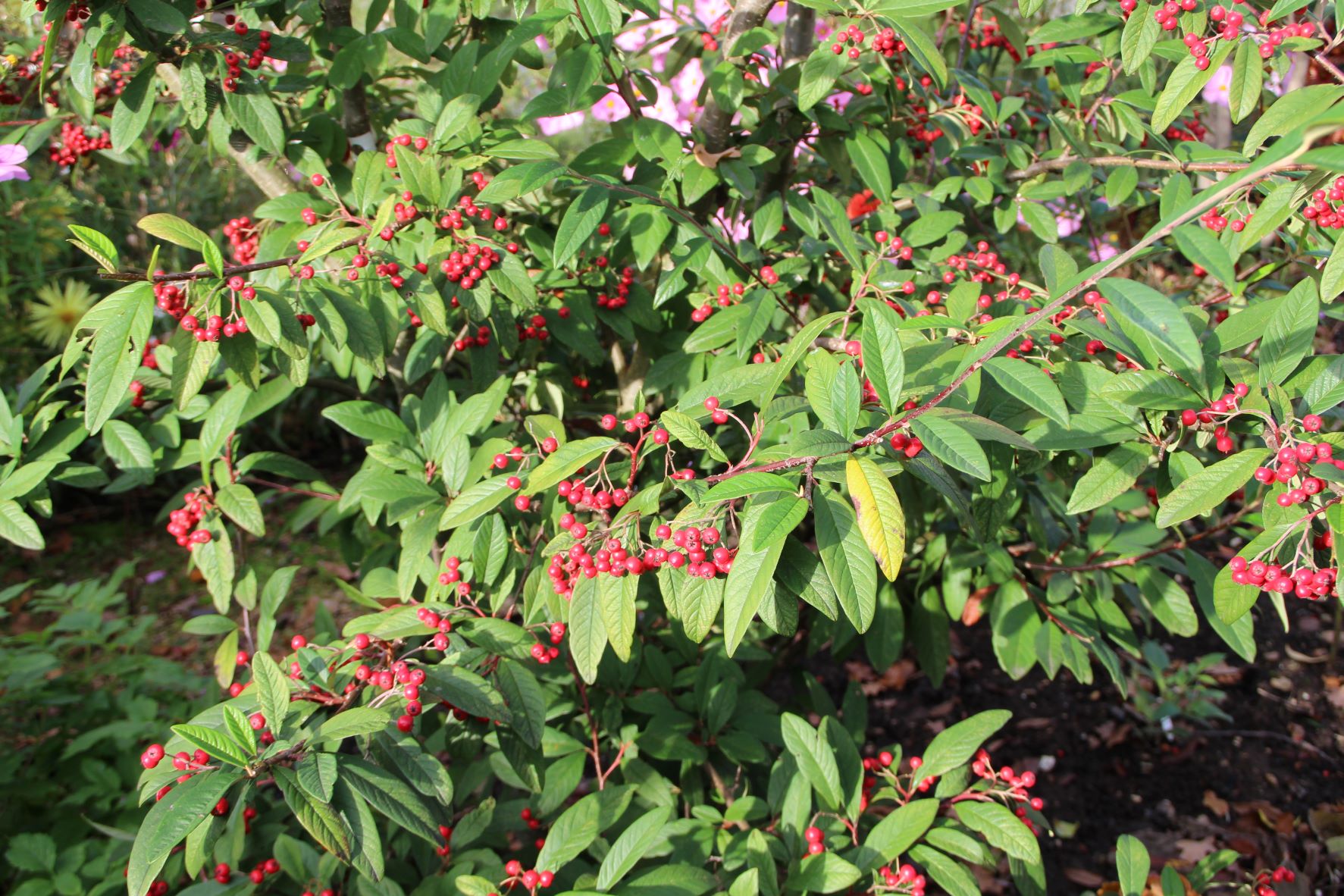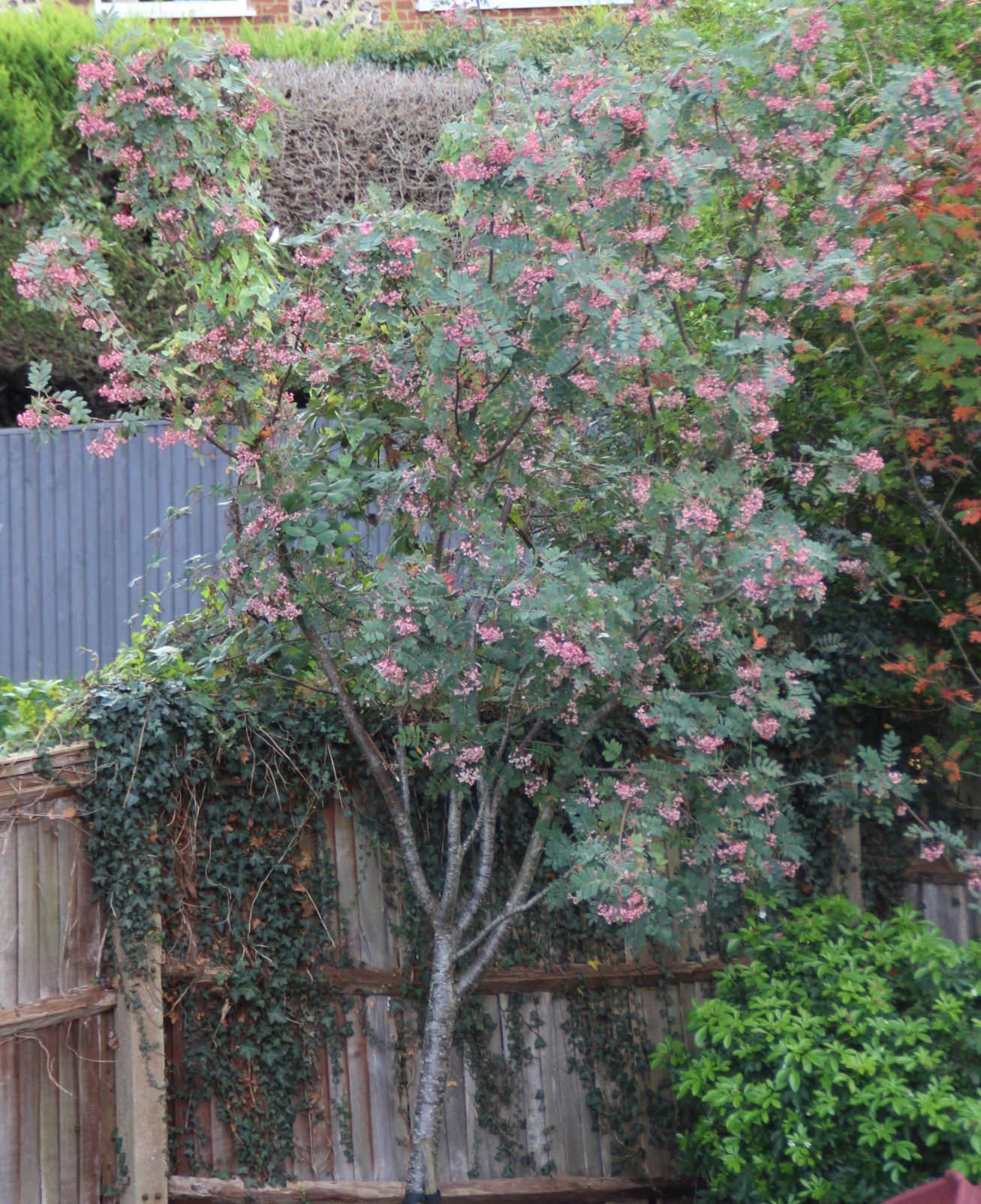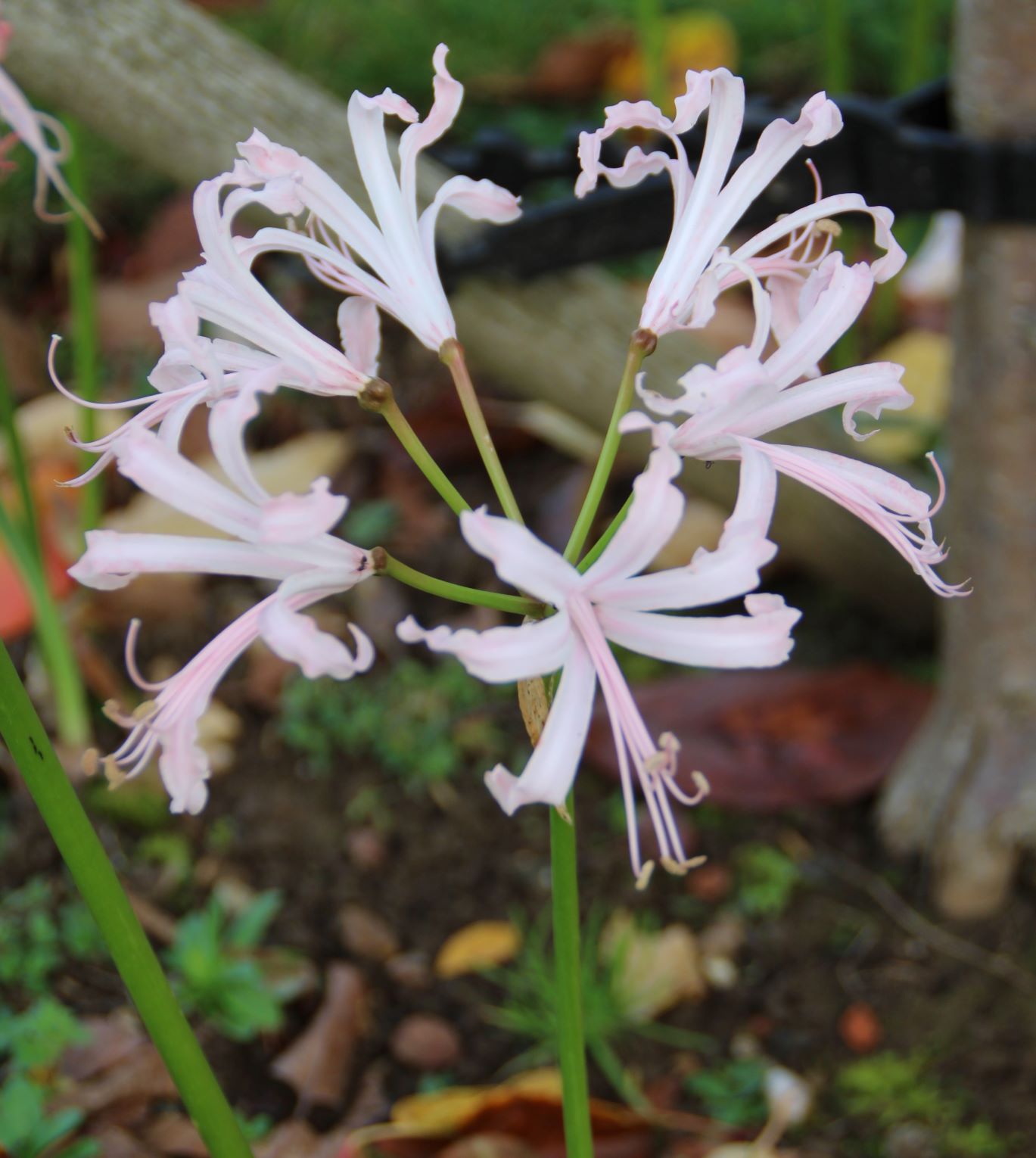May is one of our favourite months in the garden. The days are now getting much longer and distinctly warmer and the increased light and temperature are stimulating lots of growth. Seeds that were planted in the dark days of winter have now grown into healthy young plants that are ready for planting out, herbaceous perennials have sprung back into life and brought with them the promise of summer colour and the buds have burst on deciduous trees revealing new leaves and late spring blossom. This month we’ll focus on the last of these.
The vibrant fresh green of new leaves is at its best at this time of year and if you’re lucky enough to have a view across mixed woodland you can enjoy the subtle variations of colour before the heat of summer starts to wash out some of the more vivid colours. In the garden, trees provide structure, shade and habitat as well as ornamental properties, so it is always worth thinking about putting in a tree. You don’t need a huge space too, as there are many options of naturally smaller trees including Acers, Amelanchiers, crab apples, Sorbus (rowan), some Magnolias and dwarfing fruit trees. You can also keep a more vigorous tree pruned to fit the space you have.
This crab apple has been kept tightly pruned to give a centrepiece to our small front garden.
We inherited this dwarf Acer from a client who was moving, it was in a pot, but the roots had burst through the drainage holes and into the ground. Extricating it was quite a job, but after a couple of years it has settled down after the trauma.
Smaller trees tend to be quite slow growing and therefore expensive if you buy a mature specimen. If you want to have something that reaches the size you want a bit more quickly then buying a vigorous shrub and pruning it to shape as either a single or multi-stemmed “small tree” is a good value option. Viburnums, Camellias and Hollies are all evergreens that are suitable for this treatment. This is a Camellia that we’ve been training for a couple of years after moving it.

